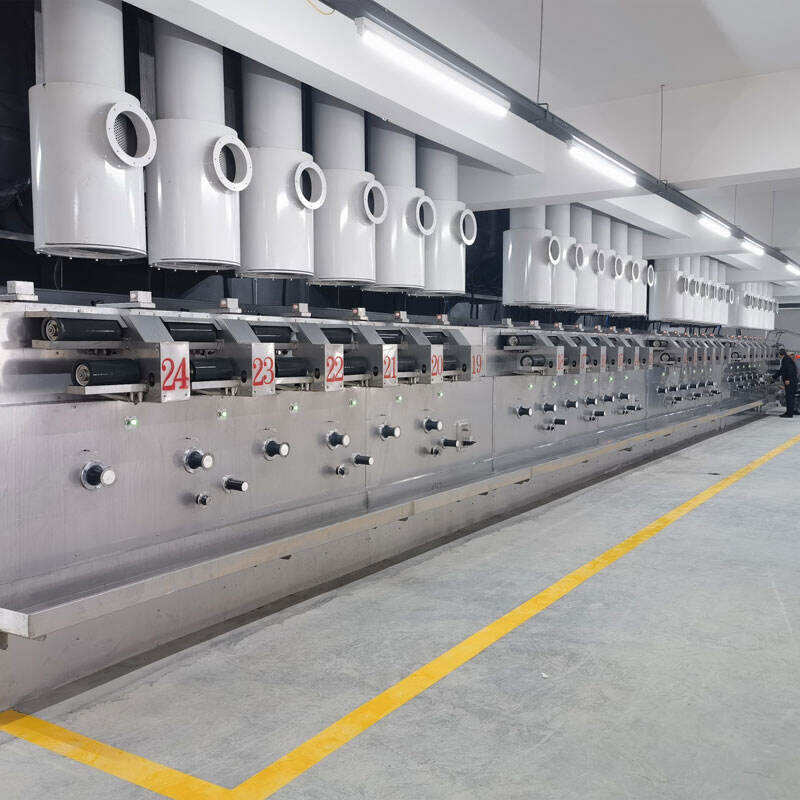
Over the years, the Polyester Staple Fiber (PSF) category has progressed due to development in the area of automation and production technology. To the fibre producers, a modern PSF production line represents complete efficiency, quality control, and cost savings like no other. These lines have been designed for various applications, spanning from fashion to automotive industries where a high polyester fiber demand exists.
The main feature found in any PSF production line is extrusion where polyester is melted and processed into filaments. These filaments are subsequently cooled, stretched, and cut into staple fibers. This former labor-intensive process has undergone a change due to the use of automation which guarantees that the shape and sizes of the fibers are uniform.
The returns from automation are not only limited to quality control benefits. The introduction of a fully automated PSF production line minimizes the degree of manual intervention required in the production process thus bringing about a reduction in costs and faster production rates. Besides, the structures of real-time monitoring systems allow the users to receive feedback instantly, such that any necessary changes can be executed, thus maintaining the quality of the produced fibres.
Energy efficiency is another important aspect of contemporary PSF production lines. With energy prices being high and environmental issues becoming more pressing, manufacturers are searching for ways to make their operations more eco-friendly. With the installation of different technologies that conserve energy consumption and productivity of the machines is enhanced, such as advanced heating and cooling units, these production lines are operated at lower energy use levels and this in the long turn translates into cost benefits.
To maintain competitiveness in the market, it is a business’s worth to put up a PSF production line. Such systems are indispensable for a modern fiber production due to ease in handling, quality assurance and waste minimization.